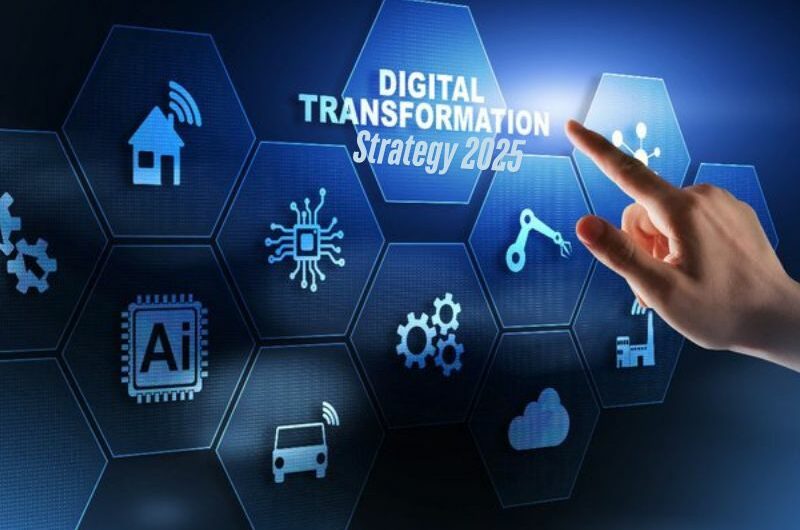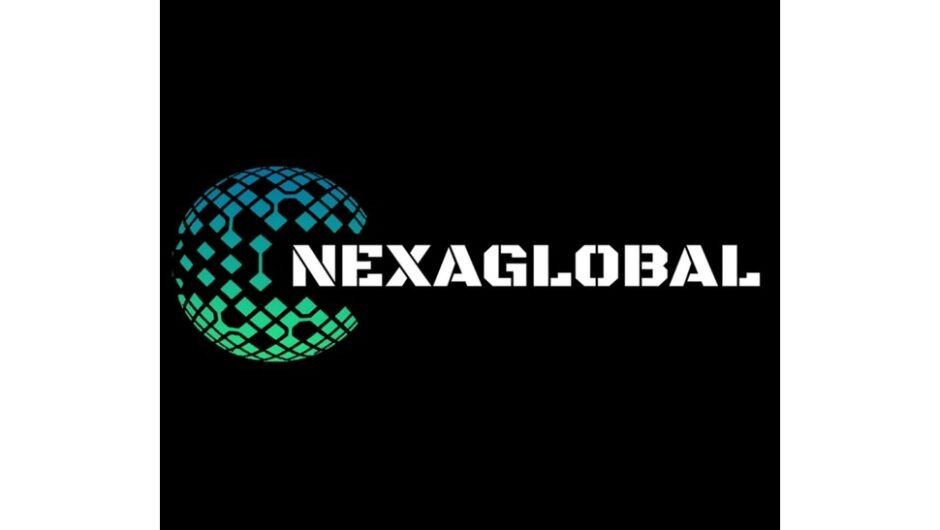Clean drinking water is a requirement for human life. Currently, per the World Health Organization, there are an estimated 785 million people around the world who lack access to a clean, reliable supply of drinking water. 144 million of those people are reliant on surface water, and a startling 2 billion people get their water from sources that are contaminated with feces. With climate change, this trend will only get worse. By 2025, half of the world will be living in water-stressed areas.
Contaminated water and poor sanitation cause diseases such as cholera, dysentery, hepatitis A, typhoid, and polio. Diarrhea caused by these diseases kills an estimated 830,000 people alone each year. Contaminated water sources cause needless deaths for the local populations, and can also have other lesser-known impacts on the communities. When the only clean water source is 30 minutes or more away, a large portion of the day is spent gathering and transporting water.
This process takes hours out of the day for those without access to clean and reliable local water sources, causing them to lose time they could be spending productively. This causes an economic impact on the local community, due simply to the amount of time and effort required to secure clean drinking water for the day. The trips are also often dangerous and can lead to needless medical expenses through falls or injuries sustained on the journey. These injuries further stress the local economy.
To solve this problem requires the expertise and know-how that Helping Hand for Relief and Development (HHRD) provides through its Water For Life (WFL) program. Under the direction from WFL, trained engineers help local communities secure access to clean water for daily consumption and irrigation purposes. To do this, they assess local water supply schemes and engineer ways to improve or alter them for sustainable use by the local population. By utilizing resources the communities would otherwise not have access to, such as hand pumps, water filtration plants, wells, and water storage tanks, HHRD is able to design effective and long-lasting water supply systems. These systems increase local health, reduce time spent acquiring water, and allow the residents to focus on prosperity instead of worrying whether they will be able to secure one of the necessities of life.
The Water and Sanitation Hygiene (WASH) program at HHRD works alongside the WFL team and aims to lessen the impact of water-borne diseases in areas known to have these issues. The WASH program does this through several approaches. By providing hygiene kits and health education sessions, locals are empowered with the knowledge and equipment to reduce the chances of waterborne illnesses. In addition to education efforts, the teams at WFL ensure that water sanitation standards are being met. When they are not, WFL works to find solutions such as the installation of water filtration systems or by eliminating logistical issues in the system. As one of the primary causes of water contamination is unsafe or improper human waste disposal, the teams also evaluate and correct issues with local latrines, bathrooms, and outhouses.
The solution to the water crises in so many countries, is time, money, and expertise. Local communities that are faced with water scarcity and cleanliness issues need help to overcome these obstacles. HHRD has the time and expertise and has improved access to clean drinking water for over 1 million people across 12 different countries. With your donation, HHRD can give the gift of clean water to entire villages, and ensure that the local population has the basic resources necessary to live, and even thrive. Visit the Water For Life page to learn more about the amazing things these teams have accomplished.
Topics #Helping Hand for Relief and Development #Water For Life Program









